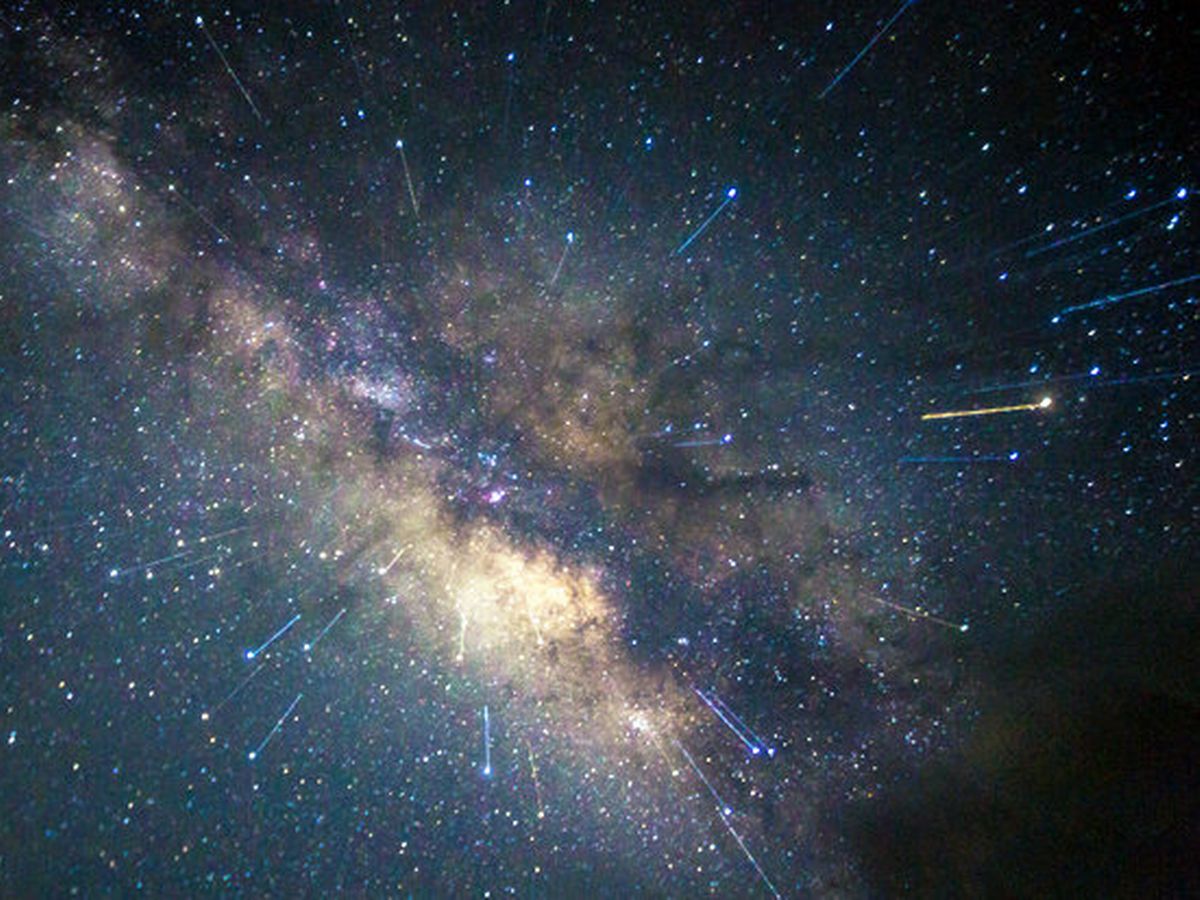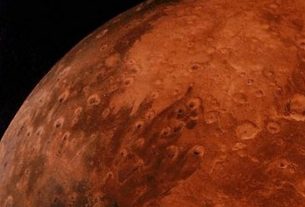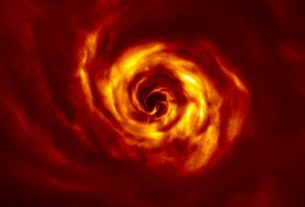The center of the Milky Way is a mysterious place populated by many objects that we can not see because of the dust, but things should change soon, with the upcoming launch of the James Webb Telescope (JWST).
Our system is located on the outskirts of our Galaxy. Here, the environment is rather calm. The center of the Milky Way, about 26 000 light-years away from Earth, is much more hectic. There is a black hole four million times more massive than the Sun, surrounded by millions of stars running at full speed. The infrared cameras of the Spitzer Space Telescope have already given us a glimpse of this atmosphere. Nevertheless, much of this environment is still unknown to us because of the astronomical quantities of gas and dust that interpose.
Reveal the heart of the Milky Way
To break this wall of material, NASA relies on its future toy: the James Webb Telescope. The launch is scheduled for 2021. Its infrared cameras significantly improved will indeed track the weakest stars. Revealing unprecedented details”” of ongoing hostilities in the center of our Galaxy, the US agency promises.
By probing the heart of the Milky Way with greater clarity, the researchers also hope to learn more about our supermassive black hole (Sagittarius A *). Usually quite calm, recent studies have also suggested signs of awakening. It would also be interesting to be able to observe the movements of the nearby star S2, which goes around every 15 years.
Primitive universe and exoplanets
Of course, these will not be the only missions of the instrument. The latter will also go in search of the light of the first stars and galaxies appeared after the Big Bang. It will also discuss the protoplanetary disks, circumstellar discs consisting of gas and dust betraying with a little luck the presence of exoplanets. Thanks to infrared, we can now observe these structures in more depth.
The James Webb Telescope will also be able to measure the molecular composition of extraterrestrial atmospheres. In other words, to specify their degree of habitability. In particular, the focus is on the nearby planets recently discovered by NASA’s TESS satellite.
Recall also that a few days ago, the US agency announced that the two halves of the JWST (the telescope and the mirrors on one side – the sun visor and the ship of the other) had finally been assembled. The two main components of the telescope had been individually tested successfully. It will now be question of testing them together.




